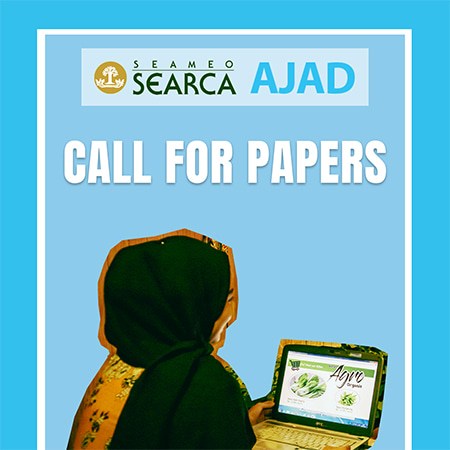- Publications
- Abstract of Theses and Dissertations
- Database
- Prevalence, risk factors, paramphistome coinfections, and...
Prevalence, risk factors, paramphistome coinfections, and farmers' awareness of fasciolosis in dairy cattle in Boyolali, Indonesia
Thesis Abstract:
Fasciolosis is a significant concern in veterinary and public health, resulting in enormous economic losses, and is prevalent in Indonesia. Dairy farming plays an essential role in rural livelihood in Boyolali and Indonesia; however, epidemiological studies of fasciolosis in dairy cattle are limited. This present study was conducted to determine the: i) prevalence of fasciolosis; ii) infection intensity of fasciolosis; iii) risk factors of fasciolosis; iv) sensitivity and specificity of Flukefinder® kit in diagnosing fasciolosis; v) concurrent infection between Fasciola spp. and Paramphistomes; and vi) awareness of dairy farmers towards fasciolosis occurrence. A cross-sectional study involved 400 dairy cattle from 72 household farms in Boyolali Regency, Indonesia. Trematodes were identified by coprological examination using the simple sedimentation method (gold standard) and Flukefinder® kit. The overall prevalence of fasciolosis was 16.50% (range: 8.57-33.96%) at the animal level, whereas 40.28% at the household farms level (range: 27.27-62.50%). Fasciolosis was significantly associated with cattle origin, i.e., Mojosongo sub-district was more likely to have fasciolosis than other sub-districts (OR= 5.28, 95%CI 1.22-22.94). The farms that did not practice processing manure were more likely to have the disease than those farms that did practice (OR=3.03, 95%CI 1.43-4.71), and the farmers who were never exposed to the extension program, their cattle were more likely to have infections (OR= 4.72, 95%CI 1.99-11.19). Most infected cattle tested were of light severity followed by moderate and heavy, 92.4% (77.8-100%), 6.1% (0-22.2%), and 1.5% (0-5.6%), respectively. The geometric mean of epg was 3.95 (95%CI 2.55-5.36), and there was no significant difference (P>0.05) in the geometric mean of epg between the two coprological tests. The relative sensitivity and specificity of the Flukefinder® kit compared with those of the gold standard were 79.49% and 92.52%, respectively, with a moderate agreement (Kappa= 0.59; P<0.001). The present study revealed the existence of a concurrent infection between Fasciola spp. and Paramphistomes in the dairy farming center in Boyolali with low prevalence (0.50%; 95%CI 0.06-1.79%) and was only observed in the two subdistricts of Boyolali and Tamansari. Rumen fluke infection was uncommon, with a prevalence of 0.75% (95% CI 0.15-2.18%). The study also revealed that most farmers (67%) have heard of fasciolosis; however, 79% were unaware that the disease is zoonotic. The farmers with a basic educational level (OR= 0.16, 95%CI 0.045-0.52) and herd size <5 cows (OR= 0.31, 95%CI 0.10-0.95) were more likely to have poor knowledge of fasciolosis. In conclusion, fasciolosis is prevalent in dairy cattle in Boyolali, Indonesia. There is a concurrent infection between liver fluke and rumen fluke, although uncommon. Flukefinder® is a practical on-site diagnostic kit for fasciolosis on Indonesian dairy farms. The awareness of farmers about fasciolosis is relatively high; however, their knowledge is poor. Improving farming management and increasing farmers' knowledge could be priorities for effectively controlling and preventing fasciolosis in Boyolali, Indonesia.
